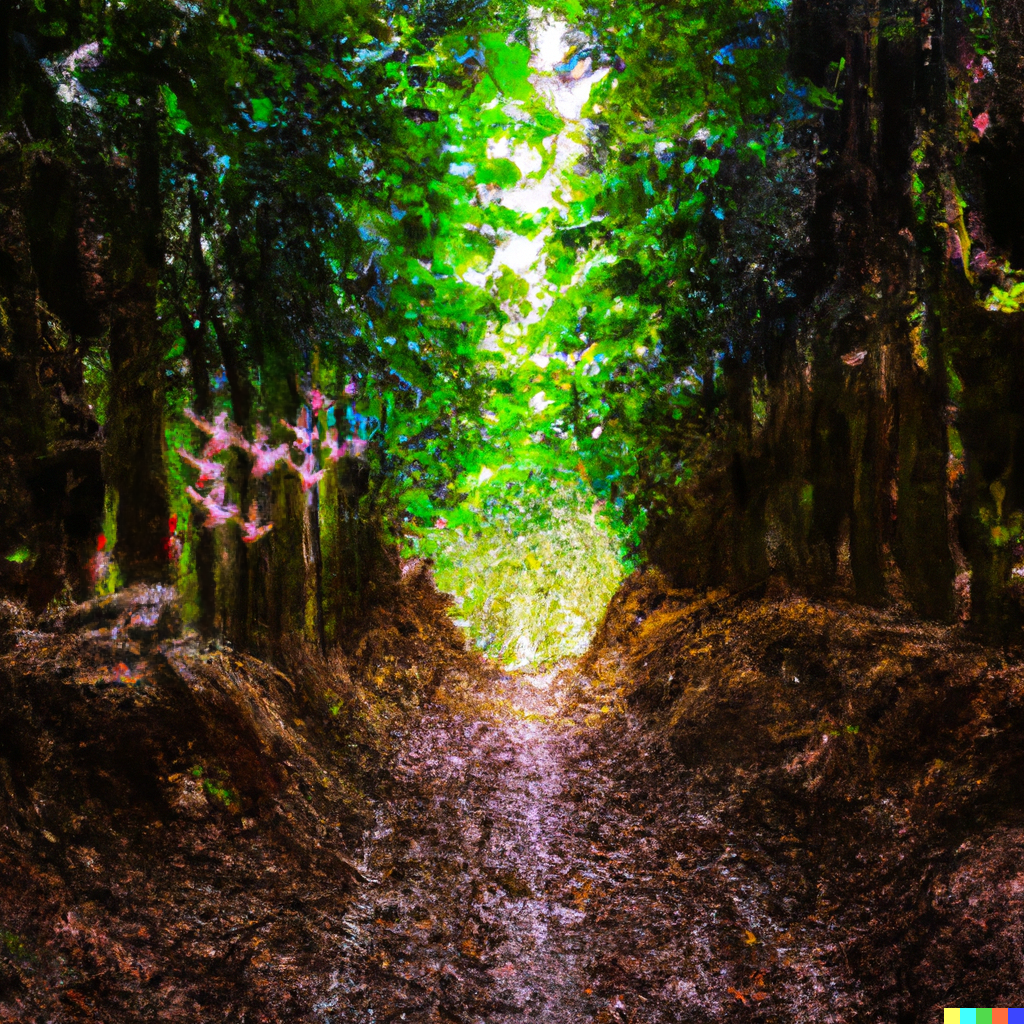Can you imagine a chocolate forest? Well, by using regenerative cacao (best cacao to create amazing profiles in craft chocolate) we can build biological corridors and connect biological islands, such as national parks and reserves, creating a network that resembles nature promoting biodiversity and ecosystem health.
Biological corridors, also known as wildlife corridors or ecological corridors, are strips of habitat that connect fragmented landscapes and allow for the movement of plants and animals between isolated patches of habitat. By connecting these patches of habitat, biological corridors can help to promote genetic diversity, reduce the risk of inbreeding, and enhance the resilience of ecosystems to environmental changes.
Cacao is a shade-loving crop that is well-suited to agroforestry systems, which combine trees and crops to create more diverse and sustainable farming landscapes. By planting cacao and other shade-loving trees in biological corridors, we can create habitats that support a wide range of plant and animal species, while also providing economic benefits through the production of cacao and other crops.
In addition to promoting biodiversity, using cacao to build biological corridors can also help to address deforestation and habitat loss, which are major threats to global biodiversity. By creating sustainable agroforestry systems that support both wildlife and farming, farmers can help to reduce pressure on natural forests and other ecosystems.
When indulging with chocolate, make sure that these comes from areas that embrace biodiversity which creates these corridors and connect biological islands to promote biodiversity, supporting thriving ecosystems which result in social and environmental regeneration.

